
Curriculum Vitae
David Simonne @home

Short presentation
Welcome to my personal webpage. Here, you will find diverse information about my scientific publications, conference participation, and my coursework. I am a scientist passionate about solid state physics, computer science, and the resolution of pressing environmental challenges like global warming, air pollution, and the need for clean energy. My background lies mostly in physics and material science. In 2024, I earned my PhD in Physics from the University of Paris-Saclay. During my doctoral studies, I began to see how we must strive to shift academic research towards the resolution of these problems and other relevant challenges, like combatting missinformation by increasing the visibility of scientific research. This has brought me to apply my knowledge of synchrotron physics to different fields such as heterogeneous catalysis and electrochemistry, aiming for example at reducing air pollution, the emission of greenhouse gases, optimising batteries, and understanding corrosion problems occuring in nuclear reactors. In my most recent academic adventure, I am pursuing post-doc research at MIT, where I am joining the group of Prof. Jossou in the department of nuclear science and engineering.
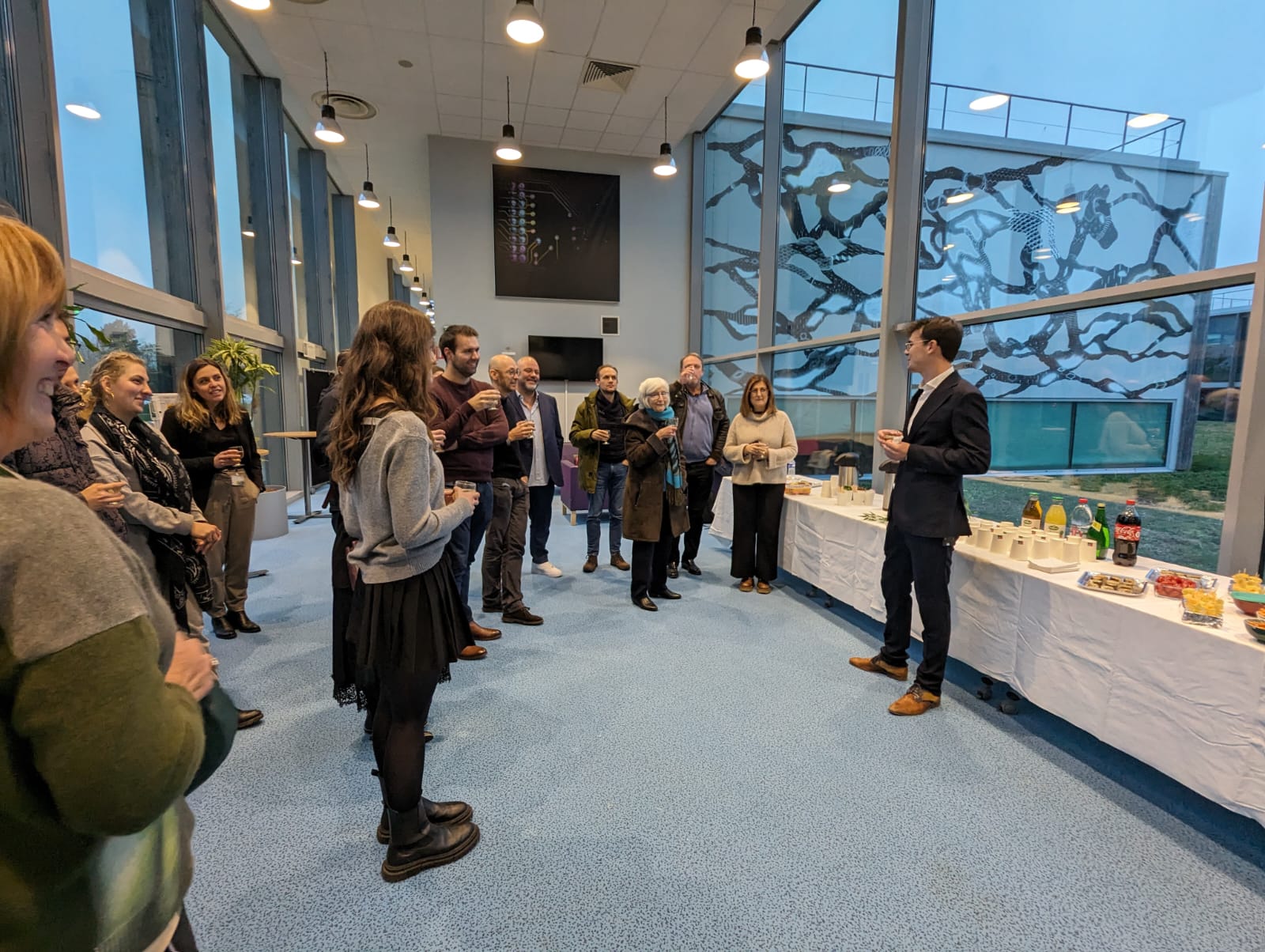
Publications
Published in peer-reviewed journal
Zenodo DOI
Conferences
Public presentation at conferences
| Conference | Date | Location | Format |
|---|---|---|---|
| Coherence | June 2024 | Helsingborg - Sweden | Poster presentation of thesis and recent postdoctoral work. |
| Jupyter Conference | May 2023 | Paris - France | Attendee (Marina Rocks scholarship), interest in the Jupyter framework for Synchrotrons. |
| The Material Society (TMS) | March 2023 | San Diego- USA | Oral presentation of thesis work (GDR CohereX scholarship). |
| ESRF User Meeting | January 2023 | Grenoble - France | BCDI tutor. |
| Soleil User Meeting | January 2023 | Paris - France | Oral presentation of thesis work and beamline. |
| Coherence | July 2022 | Shanghai - China (remote) | Oral presentation of thesis work. |
| GDR CohereX | Juin 2022 | Marseille - France | Oral presentation of thesis work. |
| ESRF User Meeting | January 2022 | Grenoble - France | BCDI tutor. | Soleil User Meeting | January 2022 | Paris - France | Oral presentation of thesis work and beamline. | Association Française de Cristallographie | Octobre 2021 | Online | Oral presentation of thesis work. | Photoinduced Phase Transitions | June 2017 | Sendaï - Japan | Member of the receiving laboratory. |
Teaching
Courses taught at universities
| Name | Year | Location | Format |
|---|---|---|---|
| Physique expérimentale / L2 | 2021 - 2022 - 2023 | Université Paris - Saclay | Travaux pratiques, 80 h |
| Thermodynamique / L2 | 2022 - 2023 | Université Paris - Saclay | Travaux dirigés, 14 h |
| Computer science for Physics | 2024 | Massachusetts Institue of Technology | Group classes, 15 h |
Collaborations
| Contact | Location | Interest |
|---|---|---|
| Dr. Marie-Ingrid Richard | CEA Grenoble / ESRF | Bragg Coherent Diffraction Imaging / Operando studies |
| SixS beamline | SOLEIL synchrotron | Operando heteroggeneous catalysis, surface diffraction, XRR, BCDI |
| Dr. Corentin Chatelier | CEA Grenoble | Heterogeneous catalysis / DFT simulations |
| Dr. Sarah Yeyha | INSA Lyon | Defects in metals / Mechanical testing / Indentation / FEM |
| Dr. Clement Atlan | ESRF | Electrochemistry, Code development |
| Dr. Andrea Martini | Fritz Haber Institut, Berlin | Operando Hard X-ray spectroscopy |
2020 - 2023 - PhD candidate
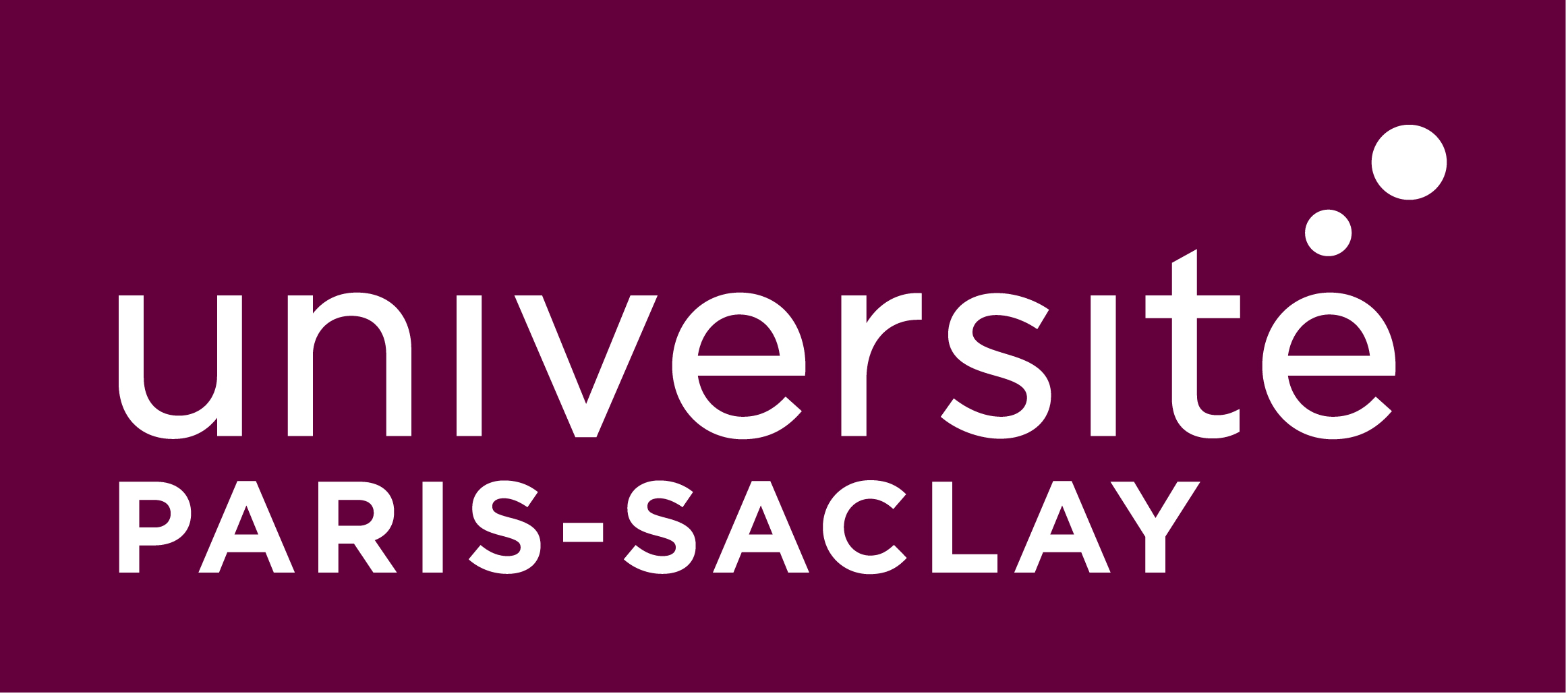
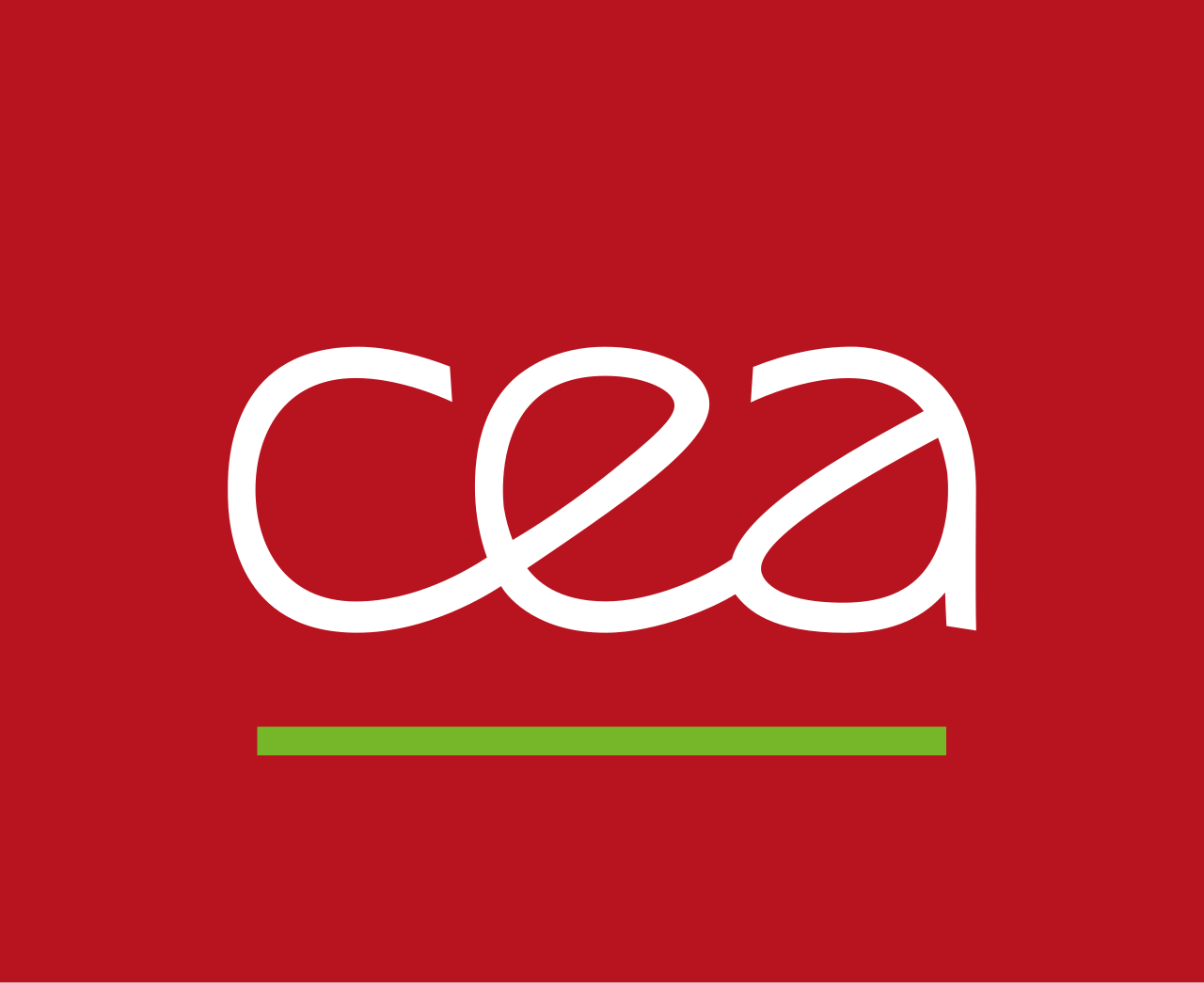
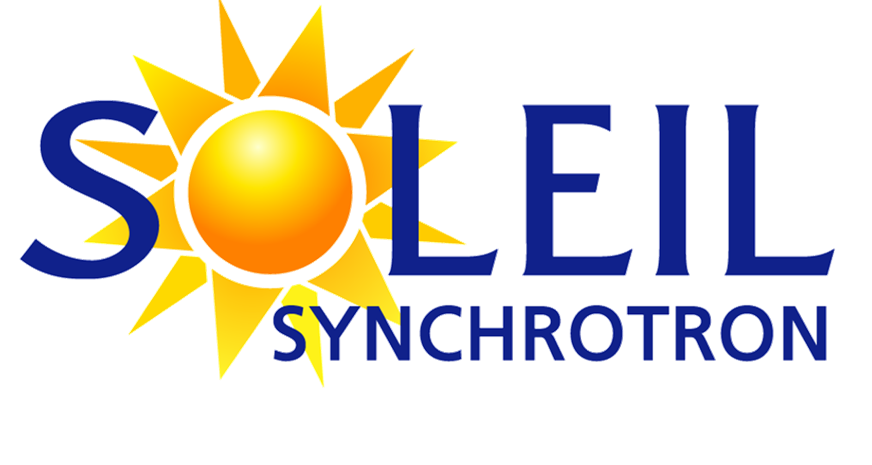
Catalytic properties at the nanoscale probed by surface x-ray diffraction and coherent diffraction imaging. The PhD research project is part of a five-year ERC-funded project called CARINE (Coherent diffrAction foR a Look Inside NanostructurEs towards atomic resolution: catalysis and interfaces) to develop and apply new coherent diffraction imaging (CDI) capabilities.
Catalysts play a key role in approximatively 90% of industrial chemical processes. Catalysis of nanomaterials has emerged as an efficient way to expose higher surface area and accelerate catalytic processes by maximizing the surface-volume ratio. The development of heterogeneous catalysis with selectivity targeting the 100% is a constant challenge as well as understanding the durability and ageing of the catalyst itself. In a real process (catalyst plant reactor, car exhaust, fuel cell) the shape and strain evolution of catalytic nanoparticles under reaction conditions contributes to the ageing of the catalyst and impact the lifetime of the device. However, the catalytic process and the associated structural changes remain poorly understood. Understanding how catalyst structure is affected by the adsorbed layer under reaction conditions is therefore of utmost importance to formulate catalyst structure performance relations that guide the design of better catalysts.
The main objective of the project is to image nanostructures to probe in situ and operando conditions; measure the structure at nanoscale and to reveal bulk, surface and interface effects, as well as defects. Ultimately aiming to understand the structural phenomena important for the working nanocatalysts, and link them to their activity, selectivity, re-usability and sustainability. In complement to coherent x-ray studies on individual particles, ensemble-averaging techniques like grazing incidence x-ray diffraction are employed to see if the evolution of ensemble shapes is similar to the one of single nanoparticles, and to probe if there is a disconnect between single particles and the catalytic activity over trillions of particles.
My main role during this PhD has been to develop the Bragg CDI technique at the synchrotron SOLEIL, while also to understand, perform, and develop data analysis tools regarding this technique. I have also studied several single crystals with surface x-ray diffraction and x-ray photoelectron spectrosopy, to unravel the link between facet and particle structural evolution, and to connect those to the existing surface moieties during heterogeneous catalysis.
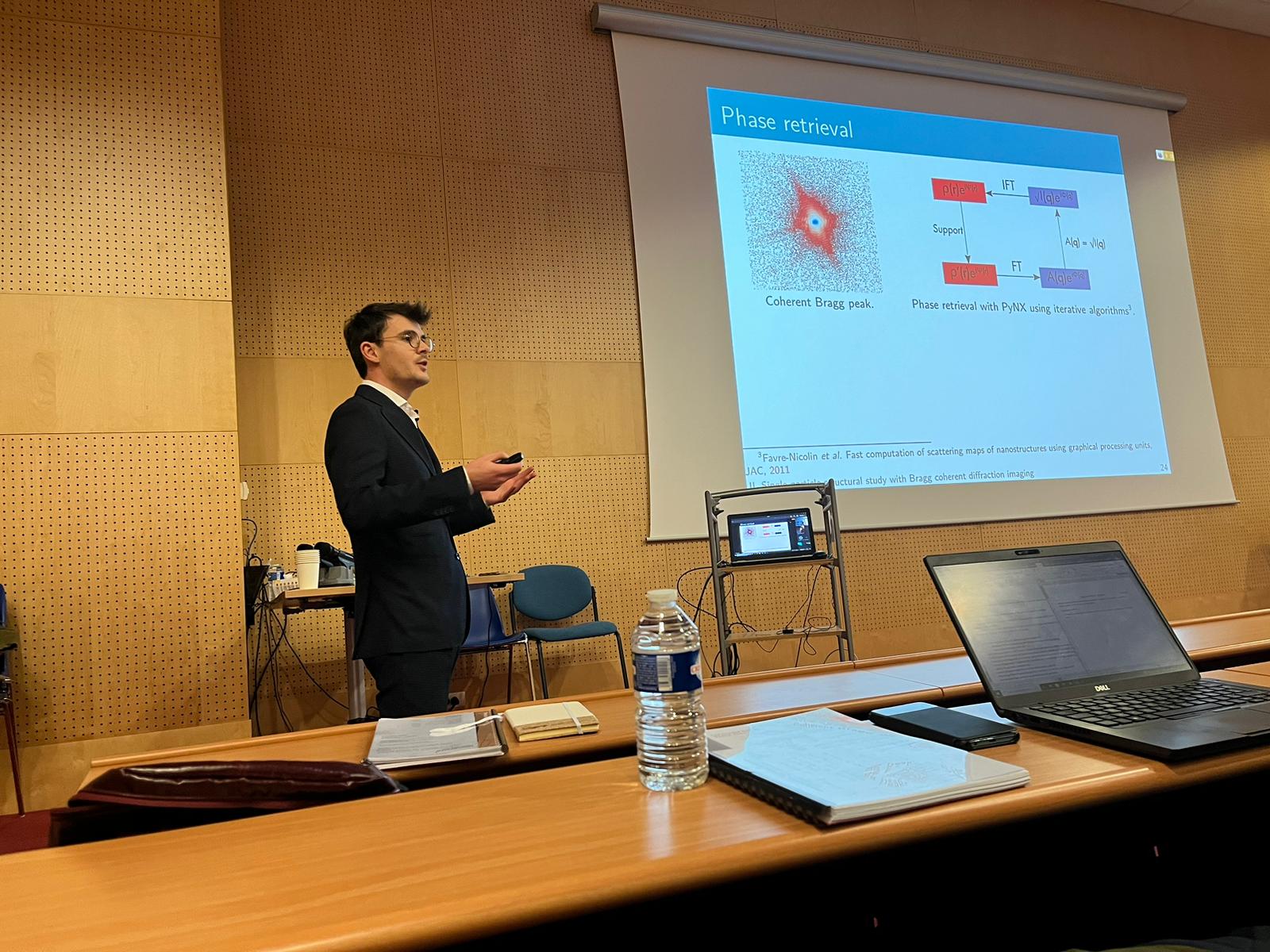
2020 - MOSCATO PROJECT
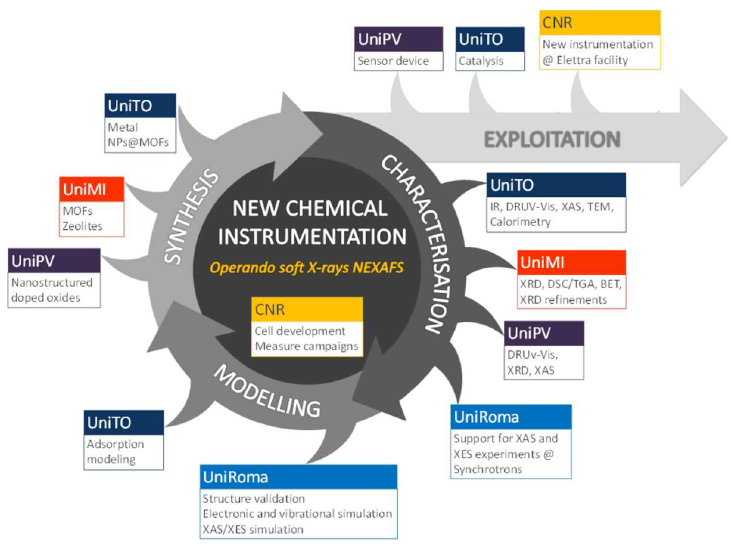
Cutting-edge X-ray methods and models for the understanding of surface site reactivity in heterogeneous catalysts and sensors.I moved back to Torino in january 2020 to work within the department of Chemistry of the University of Torino with Dr. Ricchiardi, Dr. Borfecchia, and Dr. Martini. My interests have then been focused on x-ray absorption spectroscopy and computer science. I have worked on developing and using XAS at the APE-He beamline at Elettra, aiming at the study of heterogeneous catalysis.
2019 - Master Thesis at TUM
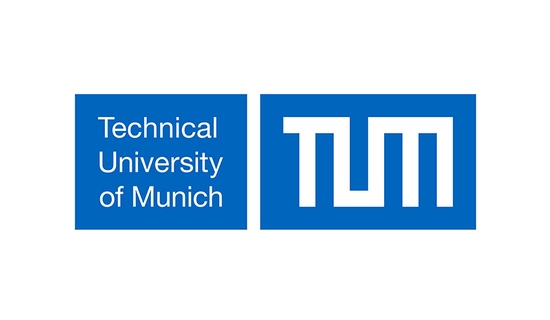
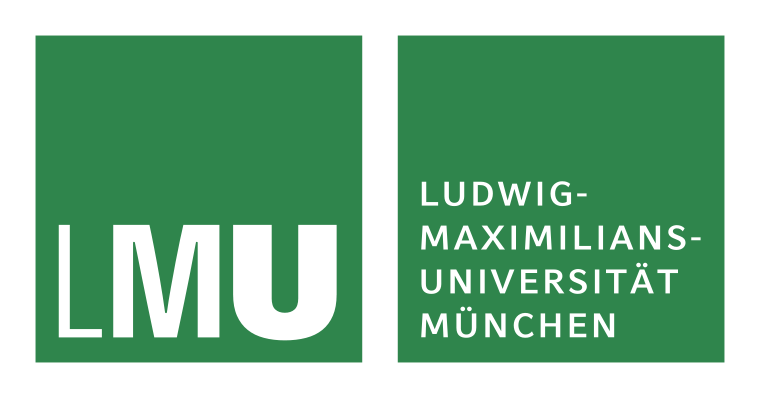
Atomic ordering in Heusler alloys and neutron diffraction To complete my master's degree in materials science, I chose to study neutron diffraction under the supervision of Dr. Michael Leitner. I spent six months within his group, part of both the Department of Physics of the Technical University of Munich, and the FRM-II, the neutron research facility on campus. My topic, "Neutron diffraction in Heusler alloys," was split into two parts. First, the correction of neutron diffraction data sets that originated from a previous experiment at the LLB, a neutron research facility in Saclay near Paris, by the means of process modeling and least squares regression. New models were then refined on the corrected data sets and information was extracted on the ordering process of Ni(2-x)MnSb. All programs were written in Python. Furthermore, I accompanied a PhD student from my laboratory to Grenoble, where I could participate in small-angle neutron scattering (SANS) measurements on a related topic, "Magnetic and chemical microstructures of Mn-based Heusler compounds studied by SANS," at the Institut Laue Langevin (ILL).
2018 - Master 2, first semester
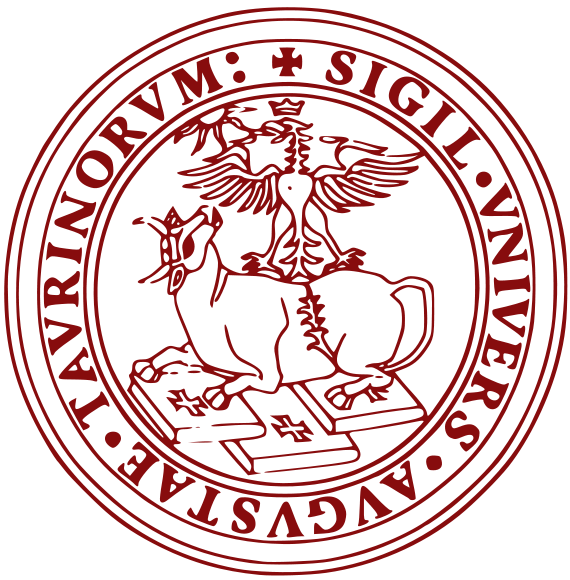
Università degli Studi di Torino. I spent the first semester of the second year of my master's program in Turin, following a curriculum focused on spectroscopy, metallurgy, and crystallography. Having found the courses in metallurgy in both Rennes and Torino interesting, I decided to pursue research in a related subject for the master thesis.
Summer school on Large Scale Facilities.
University of Montpellier Prior to the second year of the master, a summer school was held for two weeks in Montpellier, France. The subject of the lectures varied from neutron diffraction, neutrons and magnetism, crystallography, synchrotrons, and various spectroscopic techniques. The lecturers came from different universities and large-scale facilities in Europe such as PSI in Switzerland, ALBA in Spain, and FRM-II in Germany. Furthermore, it allowed to meet researcher investigators with whom I shared common interests.
2017 - Master 1 in Rennes

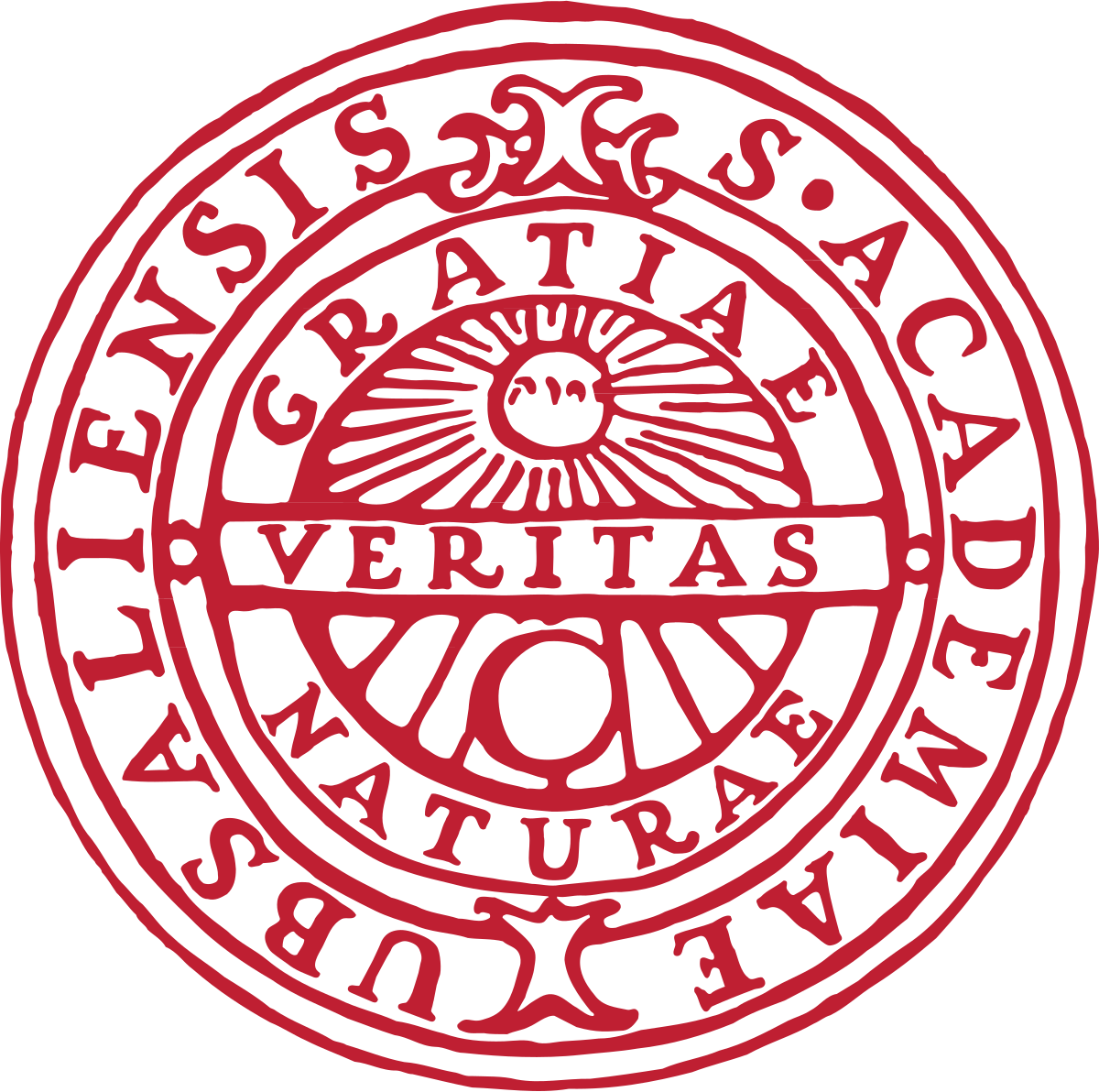
Crystallography and solid-state physics. Coming back from Japan, I registered for a master's program in materials science which specializes in the use of large-scale facilities : MaMaSELF (Master in Materials Science Exploring Large-scale Facilities). The program is financed by Erasmus+ grants and is meant to facilitate study mobilities during the formation of future researchers in materials science. During the first year in Rennes, courses were given in crystallography, solid-state physics and chemistry, quantum physics, metals and alloys, and numerical methods. We also had courses given by visiting experts, including Dr. Yu-Sheng Chen from the advanced photon source (APS) in Chicago, who lectured on synchrotrons, and Dr. An-Pang Tsai from the University of Tohoku, who gave an exciting talk about quasicrystals.
Internship at Uppsala university
Neutron diffraction and data analysis. To complete the first year of MaMaSELF, I stayed in Uppsala University in the Angström Laboratoriet. My advisor, Dr. Max Wolff, had given me the task to analyze a set of SANS data on micellar systems that was recorded in Australia at the Platypus instrument by a PhD student. Overall, it was an interesting project with a first approach to data analysis using Python, large-scale facilities datasets and writing for publishing. The contact with Dr. Nelson from Platypus very much enriched my knowledge of Python. Moreover, a summer school given by Dr. Wolff on neutron diffraction brought several students, myself included, to the Laboratoire Léon Brillouin in Saclay near Paris. There, we could perform some experiments with SANS and the Triple-axis Spectrometer, under the supervision of Dr. Fabrice Cousin who was kind enough to take the time to show us how these instruments worked.
2016 - COLABS
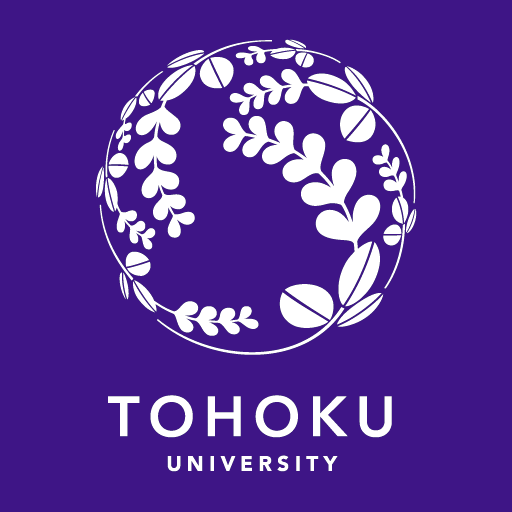
Research in Japan. After receiving an Erasmus + scholarship to study in Sendai, I registered for the COLABS program. This master's program consists of 60% laboratory training time, during which the student participates in lab activities such as seminars or experiments, and participates in lectures for the rest of the time. I followed elementary particle physics, quantum field theory, materials science, and engineering courses. Additionally, I followed Japanese culture and language courses throughout the week.
I spent two semesters in Japan, under the supervision of Pr. Dr. Shinichiro Iwai inside the ultrafast spectroscopy laboratory. I worked closely with Japanese students on different topics such as Excitation intensity dependence of ultrafast carrier dynamics in GaAs during the first semester and Primary dynamics of photoinduced phase transition in V2O3 during the second semester. The abstracts for both projects can be found below.
That year in Japan was probably when I learned the most about performing in a laboratory, giving presentations (I gave two poster presentations and a final presentation), seminars (the group organized the sixth international conference on PhotoInduced Phase transitions - PIPT 6), writing abstracts, and writing technical reports. Overall, my time in Japan amounted to a very important year that allowed me to understand what exactly a researcher does and how he does it.

2014/2015 - Bachelor in Physics


Building a strong background in physics and mathematics. After a first year focused on mathematics physics and chemistry, I converted my credits to join the second year of a bachelor's program in Physics. The courses in the University of Rennes 1 were focused on electromagnetism, classical and quantum mechanics, thermodynamics, solid-state physics, optics, crystallography, nuclear physics, mathematics for physics, programming, and English. I also completed additional elective courses on materials science and chemistry.
Bachelor Thesis in the FRM-II
First approach to applied physics Dr. Jean-François Moulin, instrument responsible for REFSANS was my advisor throughout the Bachelor thesis. It was my first experience with large-scale facilities, specifically utilizing the instrument REFSANS situated inside the instrumental hall of the FRM-II neutron source. During that time in Munich, I learned about applied physics, more specifically about neutron and X-Ray diffraction. My project first consisted in the creation of a heating-cell that was to be used inside a diffractometer and secondly in the optimization of the experimental process involving a cell designed to perform solid-liquid interfaces experiments inside the neutron reflectometer. These months in a research facility confirmed my interest in materials science with a preference for theoretical studies and ideas that could then be further examined through state of the art instruments.
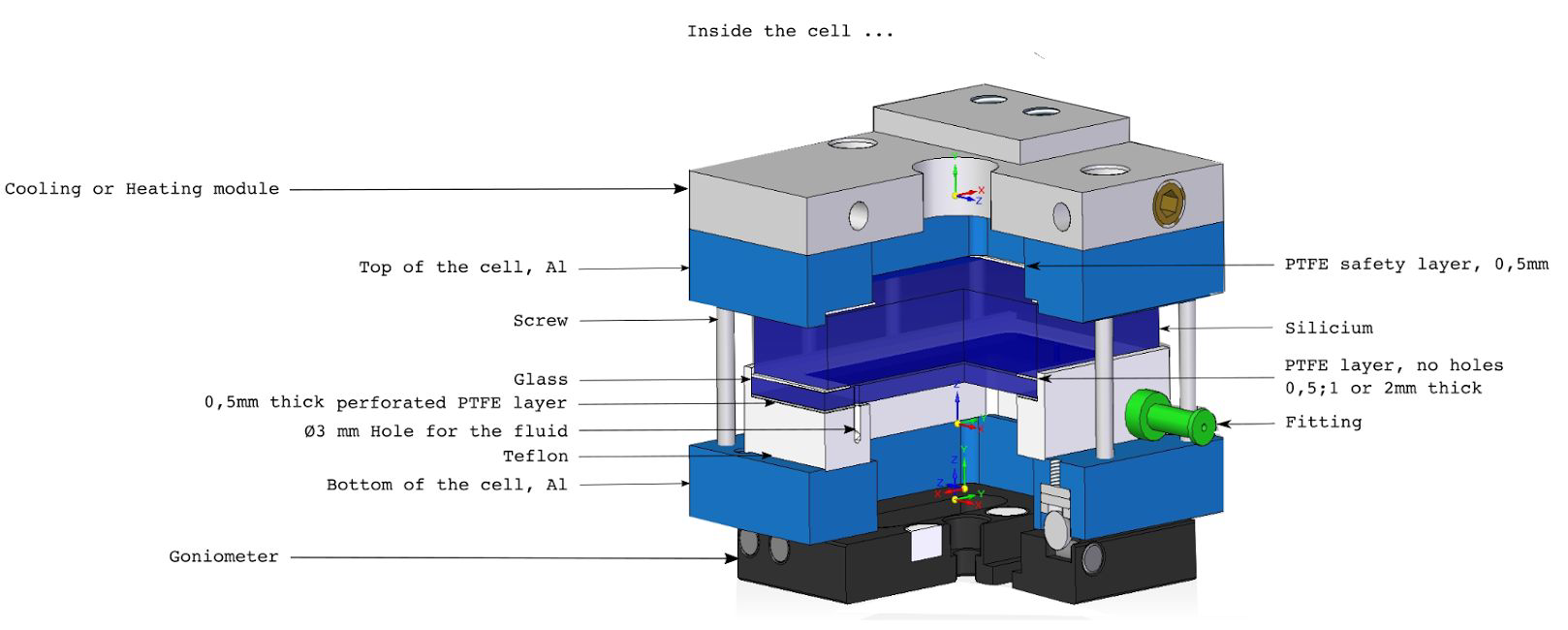
2013 - Preparatory class in mathematics, physics and chemistry.
A general year. After graduating from high school, I started a course of study meant to prepare young students for a national exam that will then determine in which school one might pursue a degree in engineering in France. The curriculum is mostly composed of mathematics (12h/week), physics and chemistry (8h/week), engineering sciences and informatics (4h/week) and languages (6h/week). After completing the first year, I had realised that my interests was not towards engineering, and moved to a more fundamental coursework at the university. Nevertheless, this first year provided a strong background in mathematics, physics and chemistry that would prove useful for the following years.
Passions and skills
Want to hire me ?
I am looking for a tenured position in academia as researcher / teacher. Please feel free to contact me via the form below, you can also just send me a message on what's app or via my email. More documents can be provided, i.e. recommendation letters, or diplomas.
Get in touch
Please use the form below, or simply send an Email.